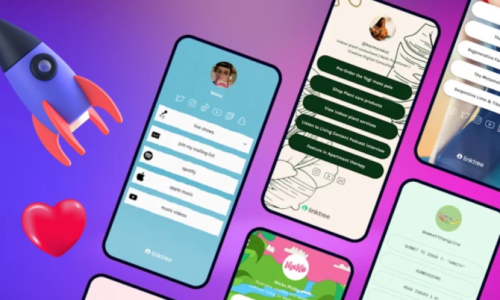Introduction
In the vast and ever-evolving landscape of the internet, there’s a peculiar trend that has taken the digital world by storm – shorten links or what we commonly refer to as “URL Shorteners.” These tiny URLs have become ubiquitous, reshaping the way we share content, track data, and engage with online resources. In this blog post, we will delve into the fascinating world of URL shorteners, exploring their history, benefits, and the impact they have on our online experiences.
What are URL Shorteners?
URL shorteners are tools designed to shrink lengthy URLs into shorter, more manageable links. The concept is quite simple: you input a long URL into the URL shortener, and it generates a compact version that redirects users to the original web address when clicked. For example, a lengthy link like “https://www.example.com/blog/unraveling-the-mystery-of-shorten-links-how-tiny-urls-are-reshaping-the-web” can be shortened to “https://tinyurl.com/xyz123.“

A Brief History of URL Shorteners
The concept of shortening URLs dates back to the early 2000s when services like TinyURL and bit.ly emerged. Their primary goal was to simplify the sharing of links on platforms with character limitations, such as Twitter, where every character counted toward the limited character count of a tweet.
As social media gained popularity and URL length became a concern, these shorten links services saw exponential growth. They became instrumental in bridging the gap between lengthy URLs and the constrained character limits of social media posts and messages.
The Advantages of URL Shorteners
Space Efficiency: Shortened URLs save valuable character space, allowing users to share more content or write concise messages in social media posts.
Improved Aesthetics: Long and messy URLs can appear unappealing and discourage users from clicking. Shortened links look clean and are more aesthetically pleasing.
Tracking and Analytics: URL shortener often come with built-in tracking features that allow users to monitor click-through rates, geographical data, and other valuable analytics. This data provides insights into the effectiveness of marketing campaigns and content engagement.
Link Management: URL shorteners often provide users with a dashboard to manage their shortened links. Users can customize, edit, or even deactivate links, providing a higher level of control over their shared content.
Memorability: Shortened URLs are easier to remember, making them ideal for sharing verbally, in print media, or even in QR codes.
Conclusion
URL shorteners have undoubtedly changed the way we share information and interact with online content. They have proven to be a valuable tool for marketers, social media enthusiasts, and anyone looking to condense long URLs into more accessible forms. However, it’s essential to use these services responsibly and be vigilant against potential risks.
As we continue to navigate the vast and ever-changing landscape of the web, shorten links will likely remain a prominent feature in our digital interactions. So, the next time you encounter a shortened URL, remember the fascinating journey it took to reshape the web as we know it today.
URL Shortener: Unraveling the Mystery of Tiny URLs and Their Impact on the Web.




